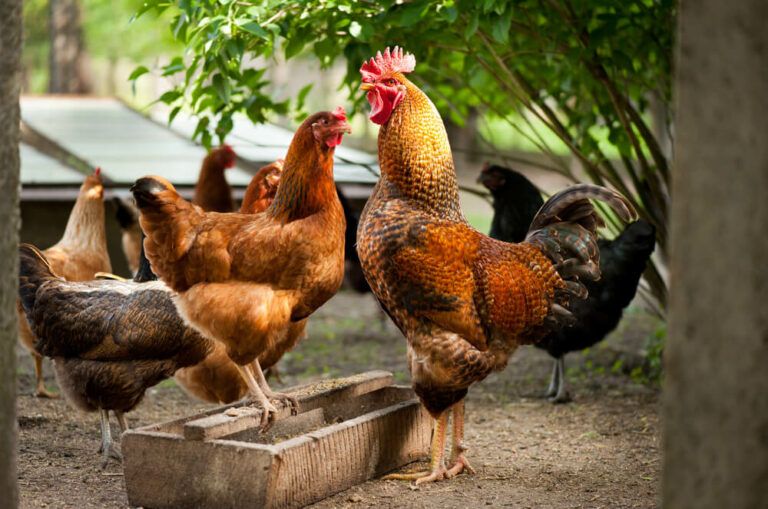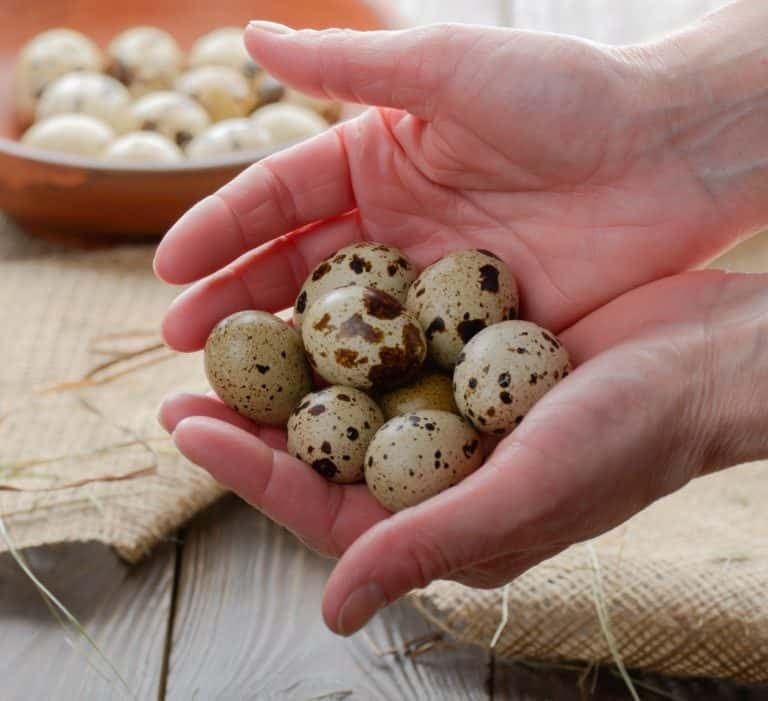Do Male Cows Have Udders? [Our Answer Is Utterly Surprising!]
Welcome! This article contains affiliate links, meaning I get a commission if you decide to make a purchase through my links, at no extra cost to you.
Do male cows have udders? It might sound like a question that a curious child would ask, but once you start thinking about it, the idea of male cows having udders isn’t all that strange! Let’s dive into the differences between male and female cows. And we’ll answer all your burning questions about how cows produce milk!
What’s Inside:
Do Male Cows Have Udders?
Male cows, called bulls or steers, do not have udders. Only female cows have udders, which they use to produce milk and feed calves. Dairy cows are always female, as only females can lactate and produce milk. Male cows do have nipples, but they are markedly small.
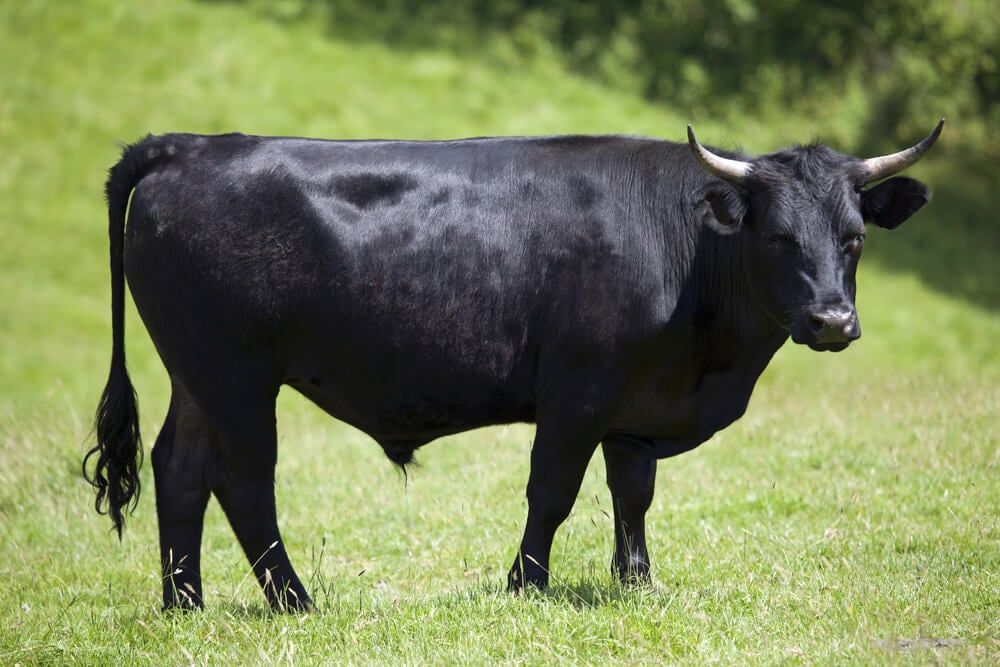
What Gender of Cows Produce Milk?
Before we dive into the mechanics behind cow milk production, we need to get our heads around the terminology used to describe different genders of cattle. As with all farmyard-related activities, traditional agriculture terms get confusing – doubly so if you’ve never heard them before!
Here are the most common words used to describe cattle through their different life stages.
- Calf – An infant cow. A calf can be male or female.
- Cow – An adult female that has had at least one calf.
- Heifer – An adult female that has never had a calf.
- Bull – A mature male used for breeding.
- Steer – A male that got neutered.
- Dairy cattle – Kept for milk production.
- Beef cattle – Kept for meat production.
So, which of these can produce milk? The only dairy cattle which can produce milk is the female cow. (Like most mammals – females create milk!) Male cows cannot produce milk and aren’t viable for dairy production.
Milk gets produced by mammary glands located within the udders. The calf suckles from the teats of the mother cow. This process is called lactation and only occurs in females.
Interestingly, the young males of most mammalian species have mammary glands, including cattle. However, these cease development during puberty, and male cows do not develop functional udders.
How Do Cows Produce Milk Without Being Pregnant?
Cows cannot produce milk without being pregnant. The state of pregnancy and giving birth triggers a specific set of hormonal changes that stimulate milk production. If the cow does not have a calf, it will not produce milk.
Most dairy cows produce a calf annually to keep a consistent milk production flow. This regular birthing schedule means the cow gets milked after birthing a calf and gets impregnated again shortly after, ready to deliver a calf the following year.
Dairy cattle are specially selected for their milk production abilities and will produce far more milk than a calf would consume. If you’ve seen a dairy cow wandering towards the byre at milking time, you will see how enormous its udders can get!
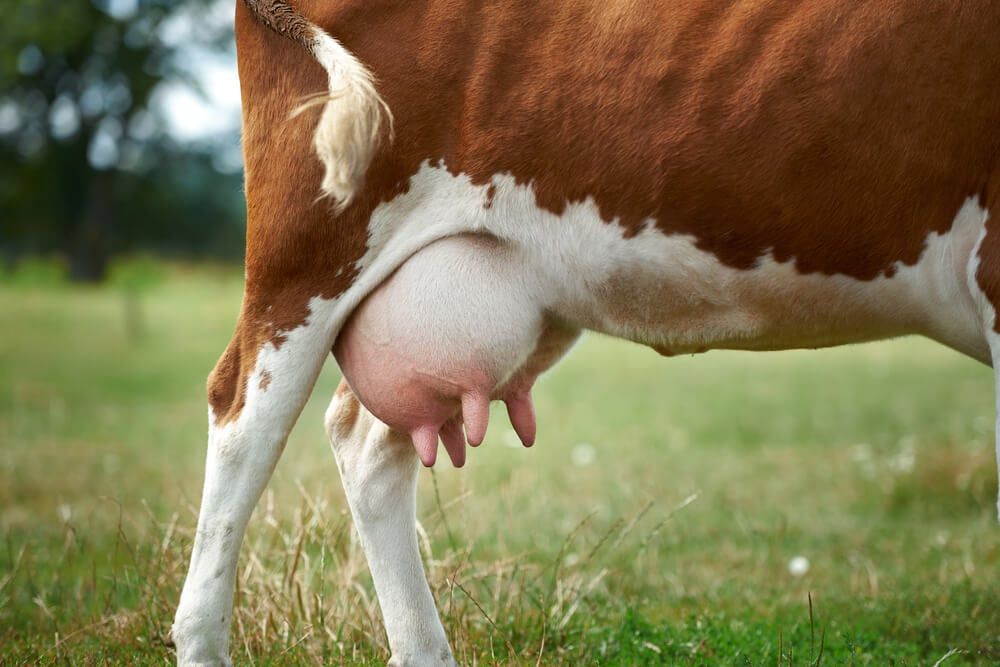
Do Cows Have to Be Milked?
It is not essential to milk a cow, and cows get put into dairy production to meet our needs rather than theirs.
If left to her own devices, a cow would have a calf and use all of her milk production to feed and rear that calf. When her calf no longer needs as much milk, her udders would start to produce less milk and eventually cease altogether. The process would restart if she had another calf the following year.
Humans have taken advantage of the incredible amounts of milk cows produce! Humans take milk from cows that would (naturally) get suckled by the calf. By taking this milk two or three times a day, we can trick the lactation process into thinking it needs to continue producing milk for a calf.
If we were to stop milking a cow or fail to start in the first place, this milk supply would gradually cease. However, it would be dangerous to suddenly stop milking a cow at the peak of milk production, as this could lead to mastitis or other painful conditions.
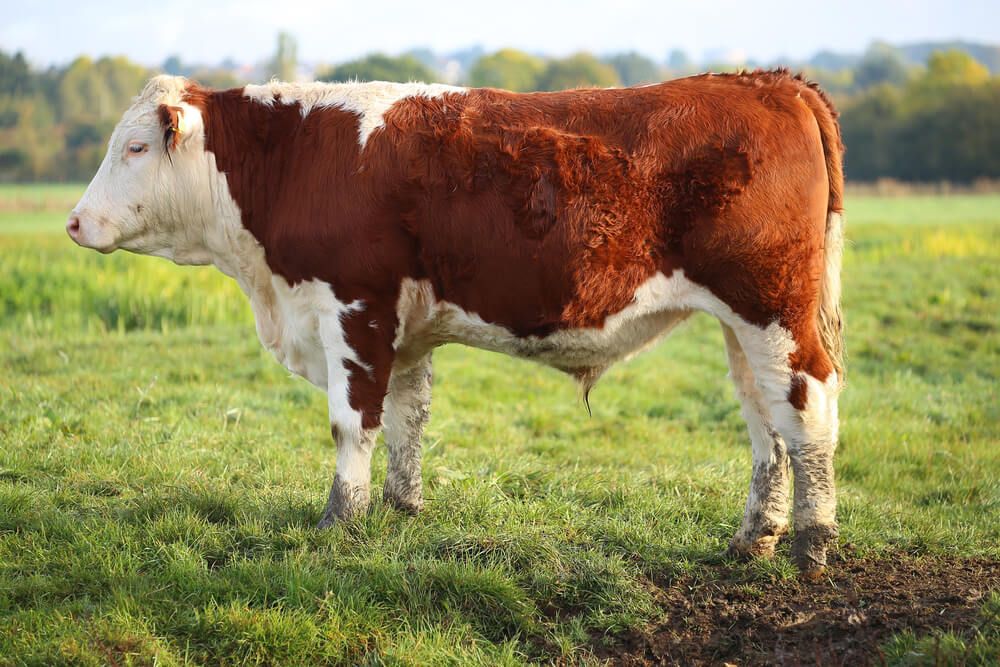
Read More!
- Can Cows Eat Clover? [Clover Forage, Toxicity, and Bloat]
- The Ultimate Guide to Mini Highland Cows! [Size, Feed, and Cost!]
- How Long Do Cows Live on Your Homestead [Beef and Dairy 101]
- What Do Cows Eat (Other Than Grass and Hay)?
Can Male Cows Get Milked?
Male cows don’t produce milk, and you cannot milk a male cow. Male cows have some mammary tissue, but it’s not functional. They can’t lactate.
So, if you want a cow that you can milk, you will need a female! Don’t forget that cows will only produce milk when they have given birth to a calf, so you will need a cow that is pregnant or that has recently calved if you want to start your milk production.
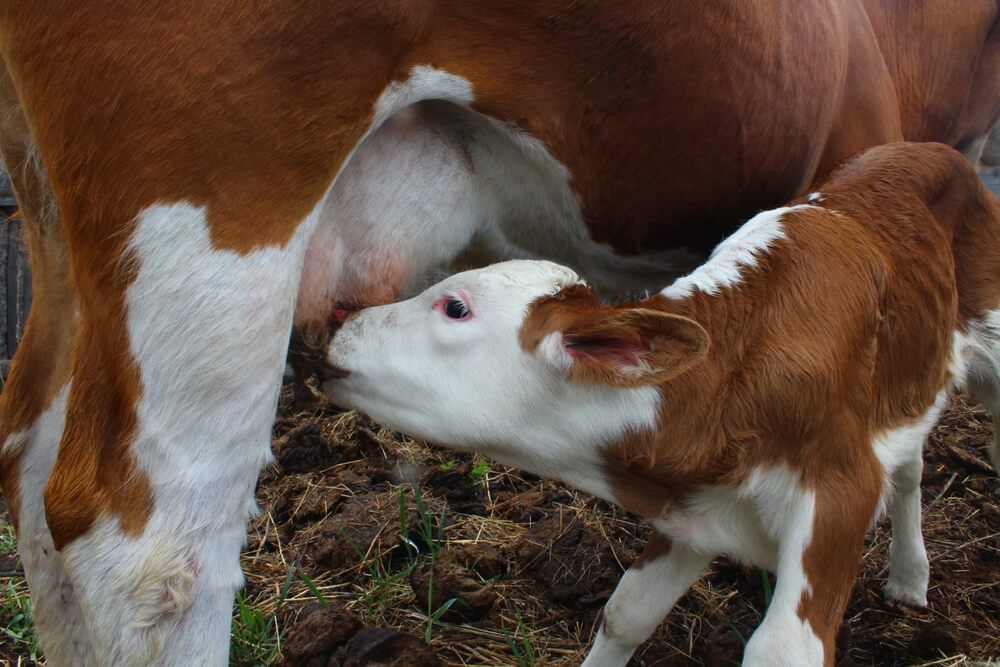
Do Male Cows Have Udders – FAQs
Raising male cows is a ton of fun – and they provide many benefits for your ranch or farm. But many homesteaders ask other questions about male cows, female cows, milking, and udders. Do male cows have udders? Or not? Let’s analyze some of these intriguing cow and milk-related questions!
All dairy cows have udders, and the reason for this is that all dairy cows are female. Dairy cows get specially selected for their milk production abilities. They will usually have tremendously large udders, potentially holding an impressive volume of milk.
The only male cow around in a breeding system is the breeding bull. He does not have udders and cannot produce milk, but he gets used for impregnating the female cows so that they deliver a calf every year. The selection of the right bull in a dairy herd is vital, as this will influence what types of calves the dairy herd produces.
Some breeders opt for a bull that produces calves with a large amount of muscle, ideal for raising beef. Alternatively, a bull may get used to enhance the herd’s milk production.
Like most mammals, both genders of cows are born with mammary tissue. However, it is only in female cattle that this tissue develops into mammary glands, or udders, during puberty. This udder (and utter) distinction means that female cows have udders, but males do not.
Interestingly, male cows do have nipples, although not many people get to see them!
Most male mammals have nipples – remember when you were a teenager, and the burning question amongst your friends in biology lessons was regarding why men have nipples?
Mammals of both genders are born with the precursors to mammary glands. During puberty, these develop into udders in cattle, and the nipples or teats will become much more prominent.
In male cows, the nipples never develop beyond puberty. They remain markedly small. These tiny nipples are in the groin area, but even the most peaceful bull will probably resent (or outright object) to you searching around their privates to find their nipples!
Male cows do not have udders, although it can be easy to think they do! A mature male cow, known as a bull, will have a large pair of testicles within a scrotum that dangles from the groin area.
Their scrotum can be so hefty that, from a distance, some homesteaders think it looks like an udder!
Male cows cannot produce milk, which can be a big problem in a milk production system. Female calves are favored over male calves, as they can go on to have calves of their own and enter the milking herd. A male calf is often considered a surplus to requirements, as it cannot produce milk in the future.
The fate of male milking cows is a big concern for some animal welfare organizations. A milking cow must have a calf every year to keep producing milk, and there is a 50/50 chance of this calf being male or female.
The female calves have a more promising future, as the best heifers will be kept to rear calves of their own when they are old enough. They will then enter the milking herd or get sold to other dairy farms.
But what about the male milking cows? In the past, it was commonplace for male calves from milking cows to get slaughtered as there was no profit in rearing them. However, many farmers are looking for more sustainable ways to rear male calves born to milking cows, and many get kept to raise as beef cattle or for rosé veal production.
The male calves can get kept for raising as future bulls to improve the quality of the milking herd. These often get sold at auction to other farmers to prevent inbreeding within individual cattle herds.
For a sustainable and more ethical milk production system, more and more homesteaders are moving towards a cow with a calf milking setup. A cow with a calf milking setup involves leaving the calves with the cows rather than separating them. The cow gets milked once daily, increasing to twice daily milking when the calf gets weaned.
While this means we do not get as much milk from the cow, the system boasts some surprising advantages. The calf can be reared without additional feed, as it will gain all the sustenance it needs from its mother. It also eliminates the need to milk twice daily, which can become too burdensome for a small farmer.
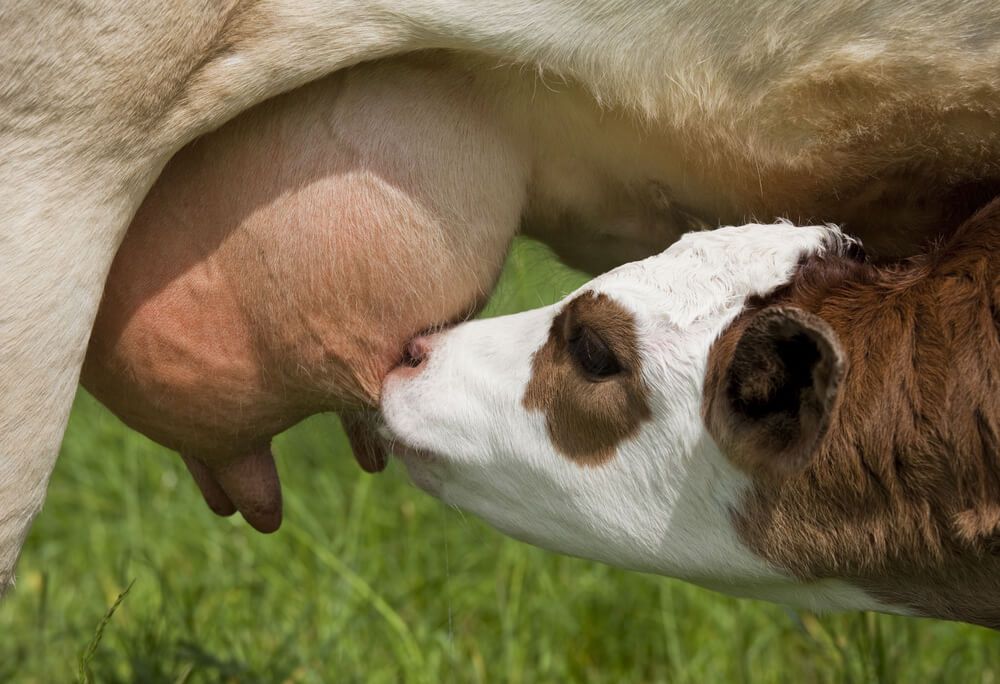
Our Final Answer! Do Male Cows Have Udders? Or Not?!
So, as we have learned, male cows do not have udders and cannot produce milk. All young cows have mammary tissue, but it is only in females that this develops during puberty into functional mammary glands and udders.
Keeping cattle for milk production is trickier than you might think! It is vital to study the process before starting. Your efforts will pay dividends when your beautiful dairy cows provide you with ample milk, cheese, butter, and yogurt.
In the meantime – feel free to ask your questions about male cows, udders, dairy milking, and farming.
And – we invite you to post your experience with bulls, dairy cows, and raising cattle.
Thanks again for reading.
Have a great day!
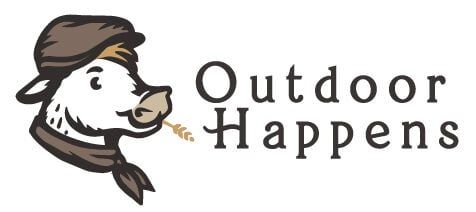
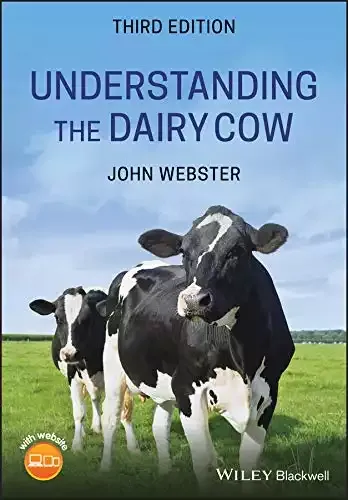
![This Is How Fast a Cow Can Run [Compared to Race Horses, Buffalo, and People!]](https://69be7209.flyingcdn.com/wp-content/cache/flying-press/q4iBVqq_Cho-hqdefault.webp)

![7 DIY Chick Brooder Designs [Homemade, Free, and Easy]](https://69be7209.flyingcdn.com/wp-content/uploads/2022/10/lovely-yellow-broiler-chick-looking-at-camera-768x512.jpg)
![When Can a Baby Goat Leave Its Mother [Safely and Stress-Free]](https://69be7209.flyingcdn.com/wp-content/uploads/2021/07/a-girl-bottle-feeding-a-baby-goat-1-1-768x512.jpg)


